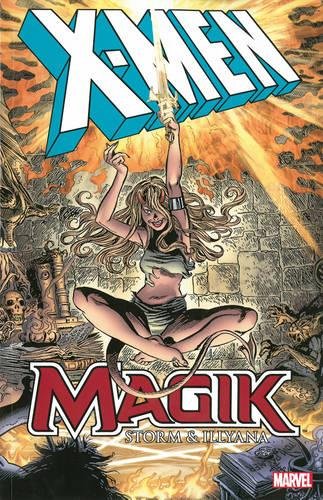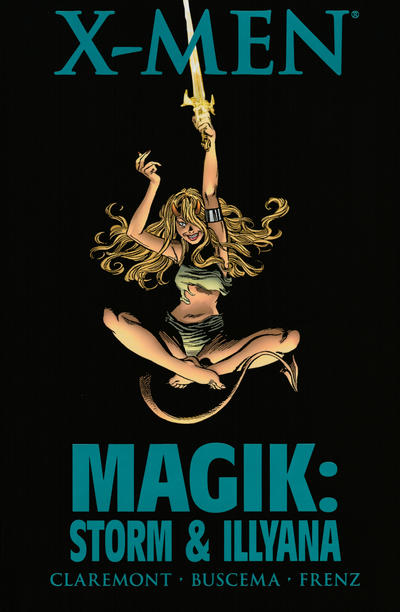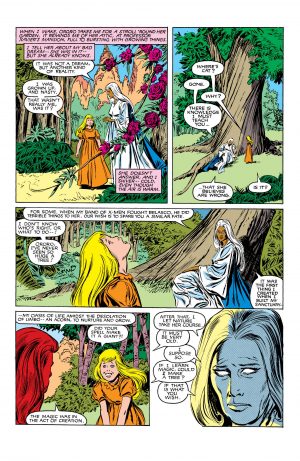Review by Frank Plowright
One of the most admirable aspects of Chris Claremont’s X-Men writing is a constant willingness to change the status quo, either in terms of surprising new additions to the cast, or via transforming existing members. His most audacious transformation was taking Illyana Rasputin, five year old sister of Russian X-Man Colossus and ageing her almost ten years in the course of a single story. That opens this collection, the X-Men trapped in a demonic version of Limbo ruled by the cruel demon Belasco, meeting alternate versions of themselves who’ve been enslaved by Belasco for decades. The X-Men escape, and Illyana follows, but what was just moments for the X-Men has been years spent in Limbo for her. It’s the best aspect of an ordinary story, although alternate versions of the X-Men weren’t as common when it was created. Subsequent X-Men stories referenced Illyana’s experience (see Marvel Masterworks: Uncanny X-Men Vol. 8), but it took an entirely separate series to reveal everything that happened.
The introductory story establishes the alternative Storm as one of the few characters whose spirit Belasco hasn’t entirely extinguished, and her role begins as equal to Illyana’s as they attempt to prevent Belasco’s plan to unleash the Elder Gods on the universe. However twenty years of thwarting Belasco have taken their toll, and this Storm is not only older, but weaker, although she can teach Illyana to control the magic accessible in Limbo. Belasco has an impact at the start, fading significantly after, but always a hovering and fascinating background threat. He’s master of his realm and able to control others, yet doesn’t want to be there, but is unable to escape.
Although the credited pencillers are John Buscema (first two chapters), then Ron Frenz and Sal Buscema, they’re swamped by the inks of Tom Palmer, and he’s responsible for much of the actual pencilling over Buscema’s early layouts. His flowing line adds a fluidity, his characters always affected by the atmosphere around them, and he provides a natural grace to all the art.
Illyana’s story overall isn’t as successful. It’s one of progress and we know there’s an eventual escape, but too much is too slow, as if just marking time until that escape. The angst button is constantly pressed, and while acknowledging that writing a believable five year old child is tricky, especially over the first chapter of four Claremont tends to overestimate how she’d speak and be spoken to, and her emotional responses are well beyond her early age range. As she grows that’s less apparent. What Illyana has to do just to ensure her survival is horrific, yet oddly for a writer who evolved angst into artform and uses it plenty here, Illyana processes horrible experiences very rapidly. Later stories would build on this, returning Illyana to Limbo, and they’d be better constructed.
If preferred, Magik is included in the tenth volume of Marvel Masterworks: Uncanny X-Men.






